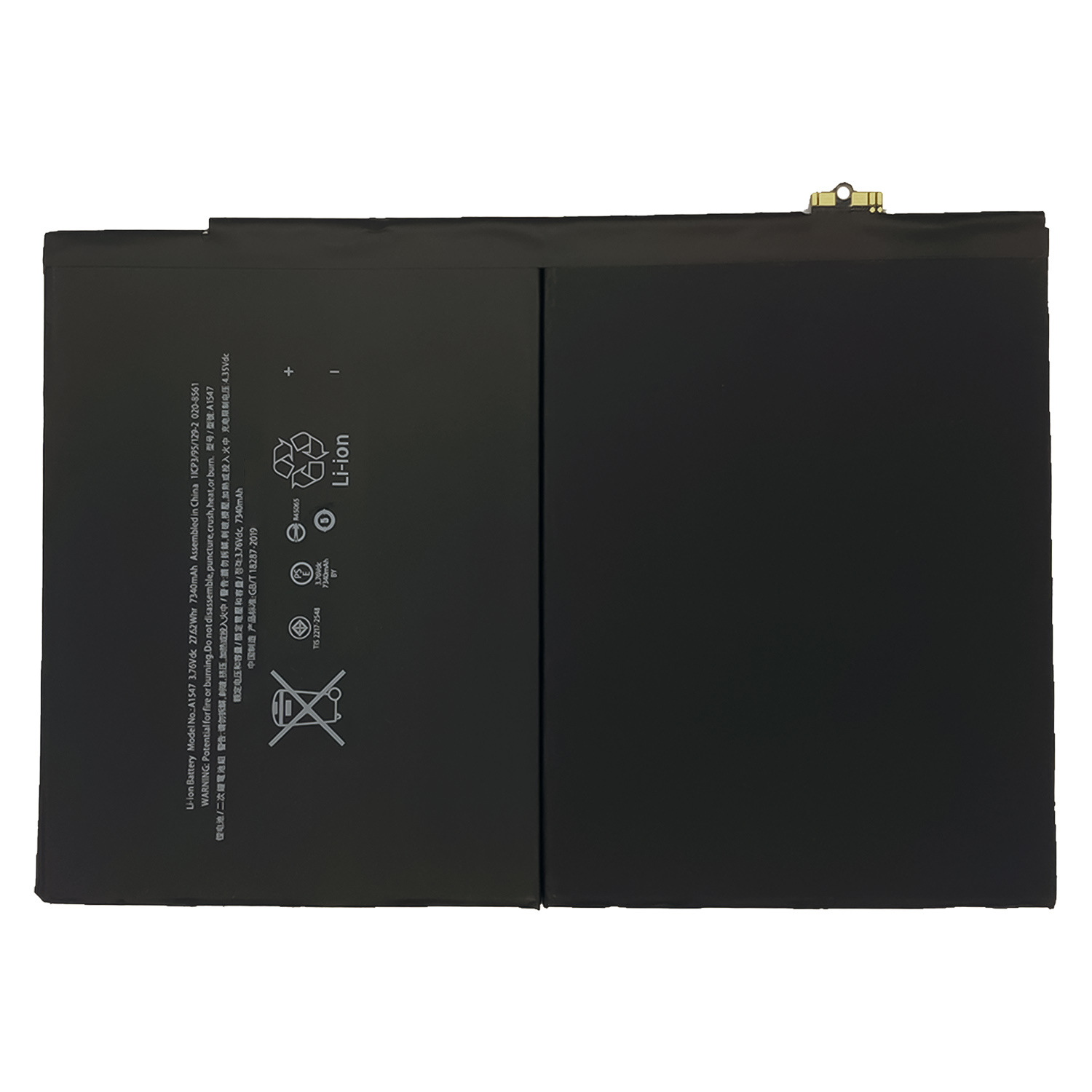Experts from South Korea’s Pohang University of Science and Technology claim they have developed a battery anode that can help deliver a six-minute recharge for electric vehicles.
It’s part of an ongoing slew of innovations from researchers around the world geared to make EVs a reliable and affordable conveyance, no matter where you live. Phone Battery Replacement

Pohang’s breakthrough involves replacing the typical graphite anode with a manganese ferrite one, which was found to store one-and-a-half more lithium ions than the researchers expected, according to an article on the science by Freethink.
In common lithium-ion batteries (which power most EVs), ions are stored and move back and forth from the cathode to the anode as the battery charges and discharges, according to the U.S. Energy Department.
“We have offered a new understanding on how to overcome the electrochemical limitations of conventional anode materials,” Professor Won Bae Kim, who led the research, said in a Pohang report published by EurekAlert.
The translation: The tech could eliminate the need to park your EV for lengthy periods of time as it charges, bringing the power-up time closer to the typical gas station stop.
Depending on the voltage (typically 120-900 or more), some EVs gain less than 10 miles of range during an hour’s charge, though higher voltages and faster charge times are becoming more common. And, tech breakthroughs that improve battery performance are frequent, which is important news in the effort to curb air pollution.
Gas-guzzling vehicles made about 7.7 billion tons of dirty air last year, according to data collector Statista. Cars and vans were the largest polluters of that group.
A big perk to the Pohang solution is that it doesn’t increase the size and weight of battery packs. On average, they weigh 1,000 pounds, according to an article posted on LinkedIn. In Pohang, the experts increased charge capacity through their nanometer-thick manganese ferrite sheets (a sheet of paper is about 100,000 nanometers, for reference), which are used as the anode.
It’s part of the “groundbreaking technique,” which includes reactions, synthesizing, and complex chemistry that results in greater capacity, as described by researchers in the EurekAlert report.
But manganese ferrite might not dethrone the common graphite anodes immediately. Freethink reported that they are used because of “cost, life cycle, stability, and availability” — all solid perks.
Research on other anode materials, including silicon, is ongoing.
“Ultimately, we will need high-capacity, fast-charging batteries in our EVs, and manganese ferrite could be the key to getting there,” Freethink wrote.

Iphone 7 Plus Original Battery Join our free newsletter for weekly updates on the coolest innovations improving our lives and saving our planet.